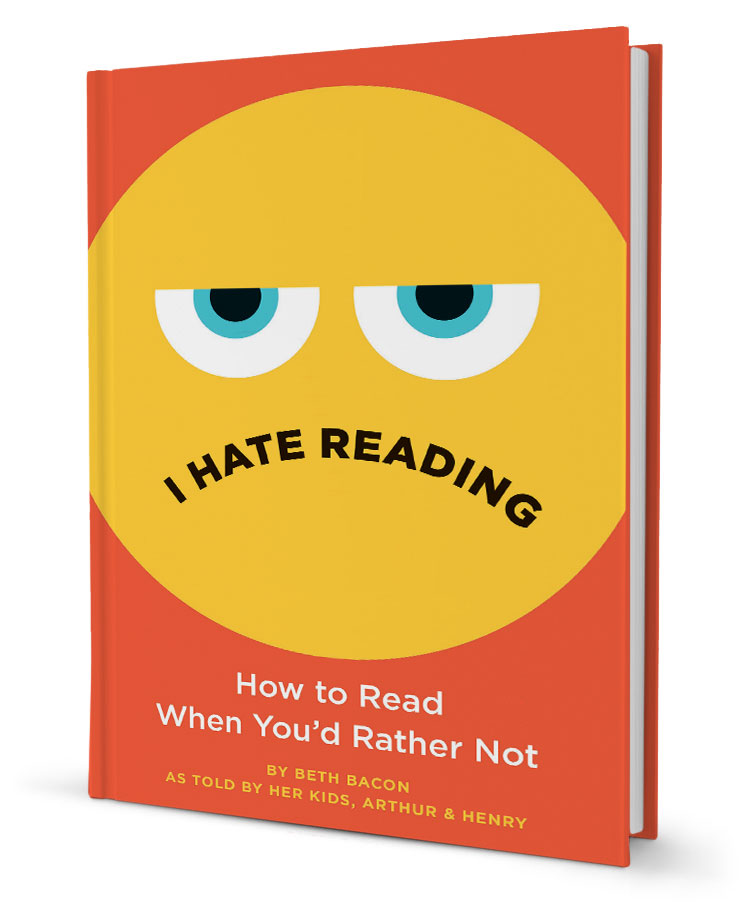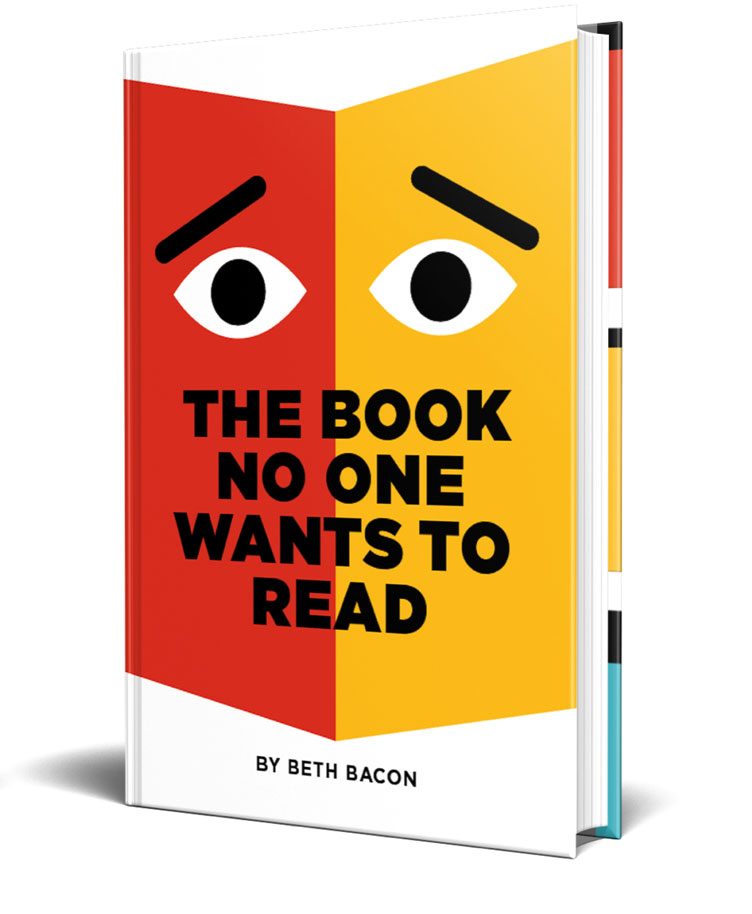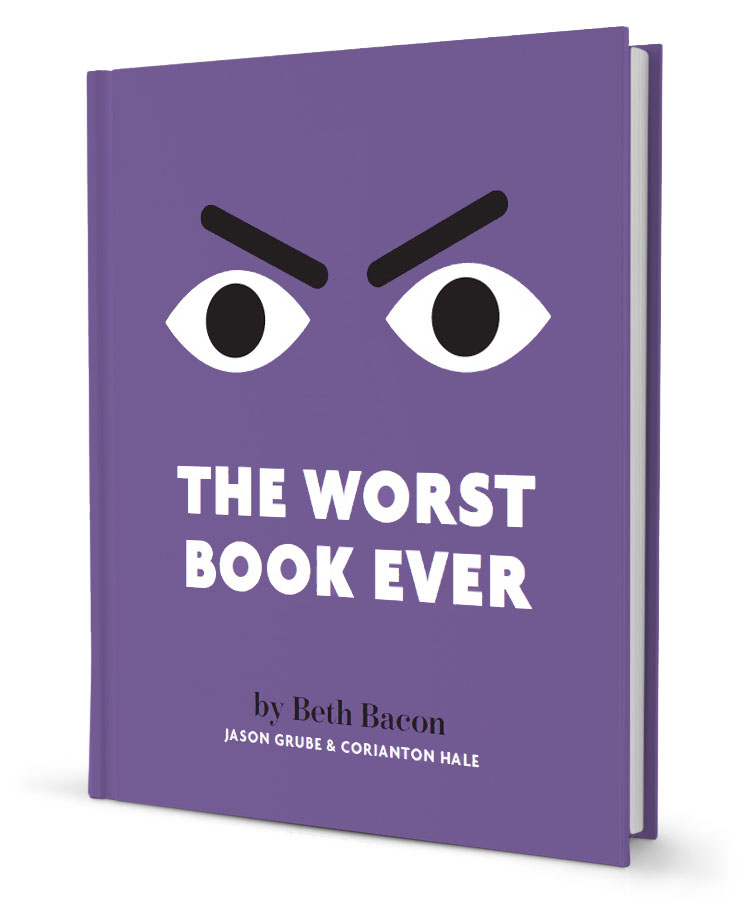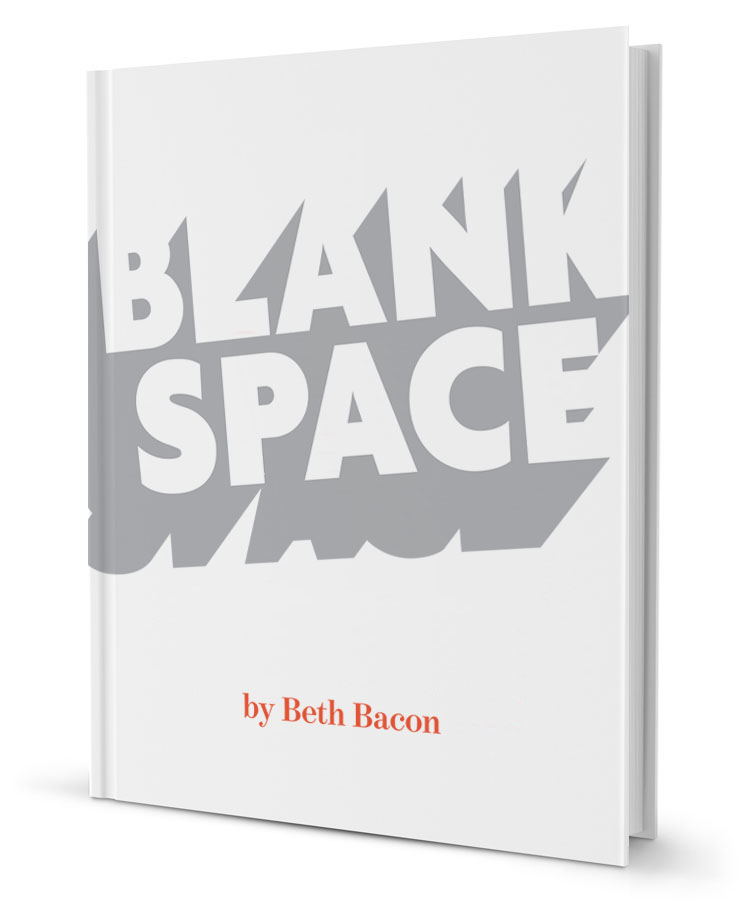Do authors actually try to put themes and symbols in their books? Remember your high school English class when you had to find themes in the book you were reading? As an author, I’ve been asked many times whether I put themes in my stories on purpose. My answer (stated in the tone of a question) is… sometimes?
Take for example my new picture book, co-authored with Karen Kane and illustrated by Eric Barclay. Alphabuddies: G Is First launches July 4, 2023 and is published by HarperCollins. There are some themes Karen and I tried to add to this story. And other themes we had no idea we were putting in there. Those are the themes that people discover upon reading.
Themes we tried to put into Alphabuddies: G Is First
Karen and I wanted to write a story that was funny and absurd … and included the themes of taking turns, taking risks, being patient, and thinking independently.
In this story, the letter G wonders why the letter A always gets to go first in the alphabet. The letter A has never thought about why it was given that primary, and why it never changes. When challenged to change places, the letter A does not want to budge!
Themes we did not try to put into Alphabuddies: G Is First
I was a bit surprised when I read the review of Alphabuddies in School Library Journal (SLJ), and learned that the reviewer thought the book was about “rule-breaking and reasoning.” Those two themes did not enter my mind. But now that I think about it, yes, I see those themes.
SLJ said it’s about “rule-breaking”
The letter “g” did break the rules of the alphabet order by insisting to be the first letter. And now that I think if it, the book itself breaks the rules by using “meta” storytelling. “Meta” storytelling breaks the acknowledged rules of picture books. Let me give you some examples. One acknowledged rule is that characters stay on each page, but they don’t move within the book from page to page! But in this story. the characters fold back the pages and watch what is happening! Sometimes the page rips and a character barges right through. Other pages some are wrinkled (visually).
So in both theme and in form this book really is all about breaking the rules. When a book’s form supports and duplicates its theme–wow, someone could write a high school essay about that!
SLJ said it’s about “reasoning”
Next I thought about the SLJ comment stating this book is about “reasoning.” We are not aware that we consciously put that in the story. But take a look – yes, it’s there. The letter “a” uses a whole lot of reasoning and rhetoric in trying to dissuade the letter “g” from breaking that rule. Actually, all letters use logic, make conclusions, come up with theories and arguments… they use a lot of “reasoning” as they think about the alphabet’s relationship to reading and why letters are always in the same order in the alphabet.
Themes make books more interesting and valuable
 Wow. I did not know all that was in there. But there it is! And this makes the book richer and more interesting to read. That’s the great thing about literature. Creators put it out there in the world and readers interpret meanings based on their own perspectives and experiences. The more different interpretations, the more valuable the book.
Wow. I did not know all that was in there. But there it is! And this makes the book richer and more interesting to read. That’s the great thing about literature. Creators put it out there in the world and readers interpret meanings based on their own perspectives and experiences. The more different interpretations, the more valuable the book.
When I learned that a reader discovered some themes upon reading my book that I did not intent to put in there it brought joy to my heart.
Wow! Not only did I make something new (a book) I also made something that inspired someone else to discover something new (a theme). That is super cool.
So thanks, SLJ for opening up this author’s view of my own story!







0 Comments